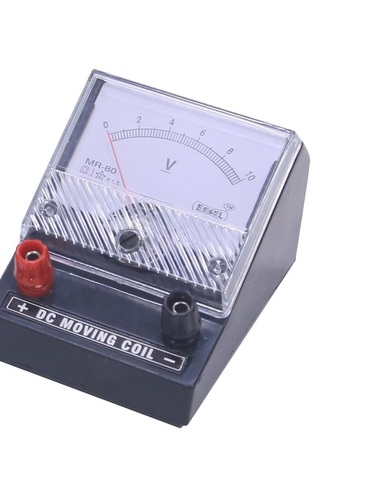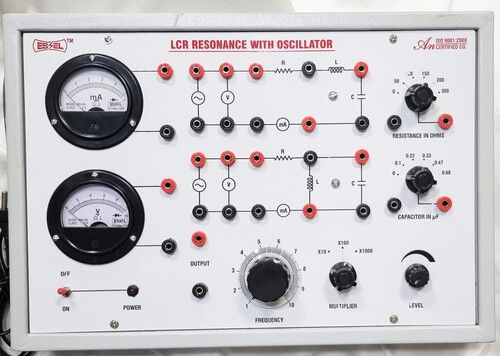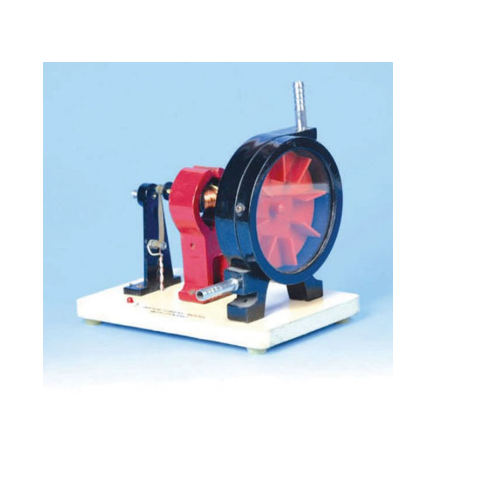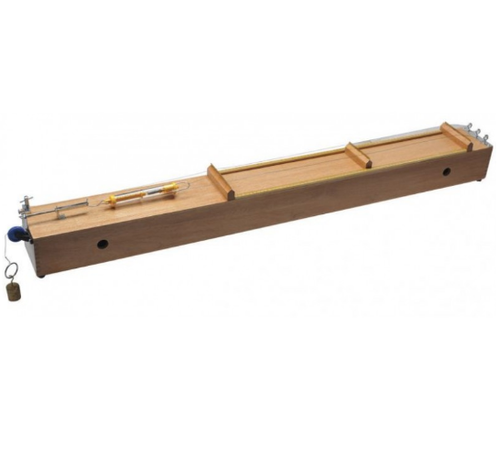Rheostats
Price 1850 INR/ Piece
Rheostats Specification
- Equipment Materials
- Iron & Bakelite
- Usage
- For Laboratory
- Capacity
- 1 Kg/hr
- Temperature Range
- 10-40 Celsius (oC)
- Display Type
- Analog
- Dimension (L*W*H)
- 16*4*4 Centimeter (cm)
- Weight
- 3000 Kilograms (kg)
Rheostats Trade Information
- Minimum Order Quantity
- 1 Piece
- FOB Port
- Ambala Cantt
- Payment Terms
- Cash in Advance (CID)
- Supply Ability
- 1 Piece Per Week
- Delivery Time
- 1 Days
- Sample Policy
- Sample costs shipping and taxes has to be paid by the buyer
- Packaging Details
- Each Piece
- Main Export Market(s)
- Africa, Asia
- Main Domestic Market
- All India
- Certifications
- ISO 9001..2015/CE
About Rheostats
RheostatsIn these Rheostats the guide rod is threaded and moves with a lead screw. This enables extremely fine adjustments.
a) Up to 30 cms. Rheostat add an extra cost.
b) Upto 60 cms. Rheostats add an extra cost.
Optimized for Laboratory Use
Specifically tailored for laboratory environments, this rheostat enables teachers, students, and researchers to precisely adjust and regulate current flow during experiments. It offers dependable performance for a wide range of scientific investigations where variable resistance is required.
Sturdy and Reliable Materials
Constructed with iron and bakelite, the rheostat is designed to withstand regular laboratory handling. The materials provide both electrical insulation and mechanical strength, extending the products lifespan and maintaining consistent results.
Accessible Analog Display
Featuring an easy-to-read analog display, users can monitor resistance adjustments in real-time. Its clear interface enhances accuracy and confidence during measurements and processes, supporting efficient laboratory procedures.
FAQs of Rheostats:
Q: How is this rheostat used in laboratory settings?
A: This rheostat is primarily used to control electrical current flow in experimental circuits. By adjusting the resistance, users can safely vary the current, making it ideal for demonstrations and precise experimentation in laboratories.Q: What materials make up this laboratory rheostat?
A: The rheostat is constructed using high-quality iron for durability and bakelite for effective insulation and heat resistance, ensuring optimal safety and longevity.Q: When should I use this rheostat for my experiments?
A: This device should be used whenever you need to adjust or control electrical resistance in laboratory experiments, typically within its specified temperature range of 10C to 40C for optimal performance.Q: Where can I purchase this rheostat in India?
A: We operate as an exporter, manufacturer, and supplier in India, making the rheostat available through direct sales, authorized dealers, or by contacting us via our official distribution network.Q: What is the process for operating the analog display?
A: To operate, simply connect the rheostat to your circuit and adjust the knob or sliding contact. The analog display provides instant feedback on resistance changes for precise control and monitoring.Q: What are the benefits of choosing this rheostat model?
A: The main advantages include robust construction, reliable performance, straightforward analog readings, and suitability for professional laboratory use. Its durable materials and design ensure safe, consistent operation over extended periods.

Price:
- 50
- 100
- 200
- 250
- 500
- 1000+
More Products in Physics Lab Instruments Category
Voltmeter
Price 425 INR / Piece
Minimum Order Quantity : 1 Piece
Dimension (L*W*H) : 110 x 90 x 80 mm
Weight : Approx. 250g
Usage : Electrical Voltage Measurement
Capacity : 0600V (Typical Range)
LCR RESONANCE APPARATUS WITH OSCILLATOR
Price 7200 INR / Piece
Minimum Order Quantity : 1 Piece
Dimension (L*W*H) : 300 mm x 220 mm x 110 mm
Weight : Approx. 4 kg
Usage : LCR Resonance, Physics Practical, Educational Purpose
Capacity : 1 Experiment Unit
Water Turbine with Dynamo Model
Price 2450 INR / Piece
Minimum Order Quantity : 1 Piece
Dimension (L*W*H) : 8*6*6 Centimeter (cm)
Weight : 1000 Kilograms (kg)
Usage : For Laboratory
Capacity : 1 Kg/hr
Sonometer
Price 2600 INR / Piece
Minimum Order Quantity : 1 Piece
Dimension (L*W*H) : 14*6*3 Centimeter (cm)
Weight : 700 Kilograms (kg)
Usage : For Laboratory
Capacity : 1 Kg/hr
 |
ESEL INTERNATIONAL
All Rights Reserved.(Terms of Use) Developed and Managed by Infocom Network Private Limited. |

 Send Inquiry
Send Inquiry




